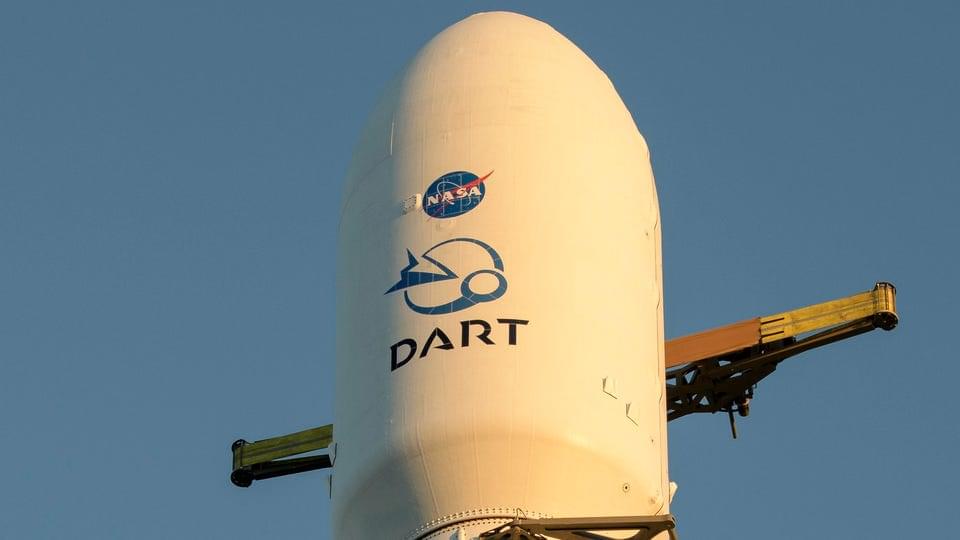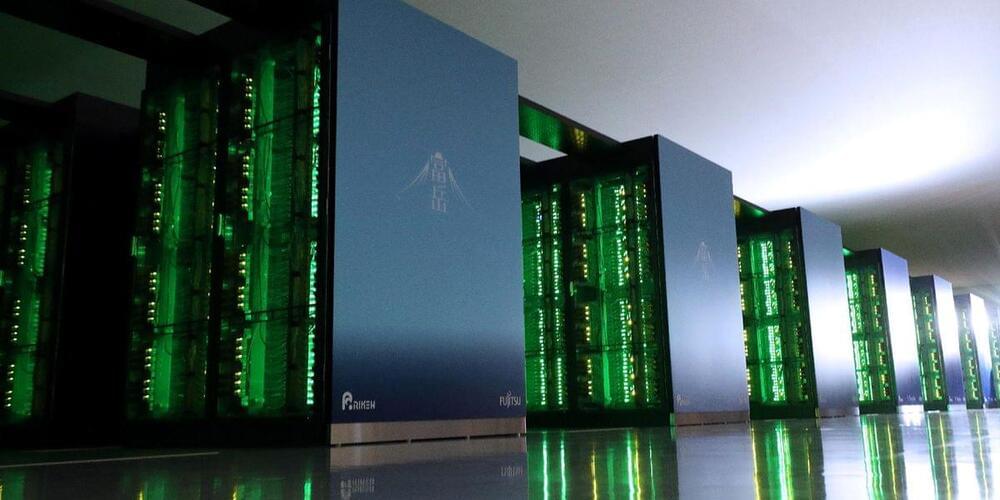“We know of no asteroids that are coming in to hit the Earth,” Rivkin emphasizes. DART, he says, is part of a multi-pronged effort to examine the asteroid collision problem. “Asteroid impacts are really the only natural disaster that humanity can see coming years or decades in advance and do anything about.”
NASA calls DART its “First Planetary Defense Test Mission.” Rivkin is the DART investigation team lead at Johns Hopkins University’s Applied Physics Laboratory, which is running the experiment for NASA.
Full Story:
Andy Rivkin remembers going to the arcade in the early 1980s to play the iconic video game “Asteroids.” Later this month, the team he leads is scheduled to launch a satellite aimed at an asteroid 7 million miles away to prove that Earthlings can save themselves from an asteroid impact by shooting first, Atari-style.
The launch window for NASA’s Double Asteroid Redirection Test (DART) mission opens next week. DART is an experiment to see if by crashing a spacecraft directly into an asteroid, the asteroid can be nudged off its trajectory. If intercepted and struck far enough away, even a slight alteration in the path of an asteroid could cause it to miss Earth, avoiding a potentially catastrophic impact.








